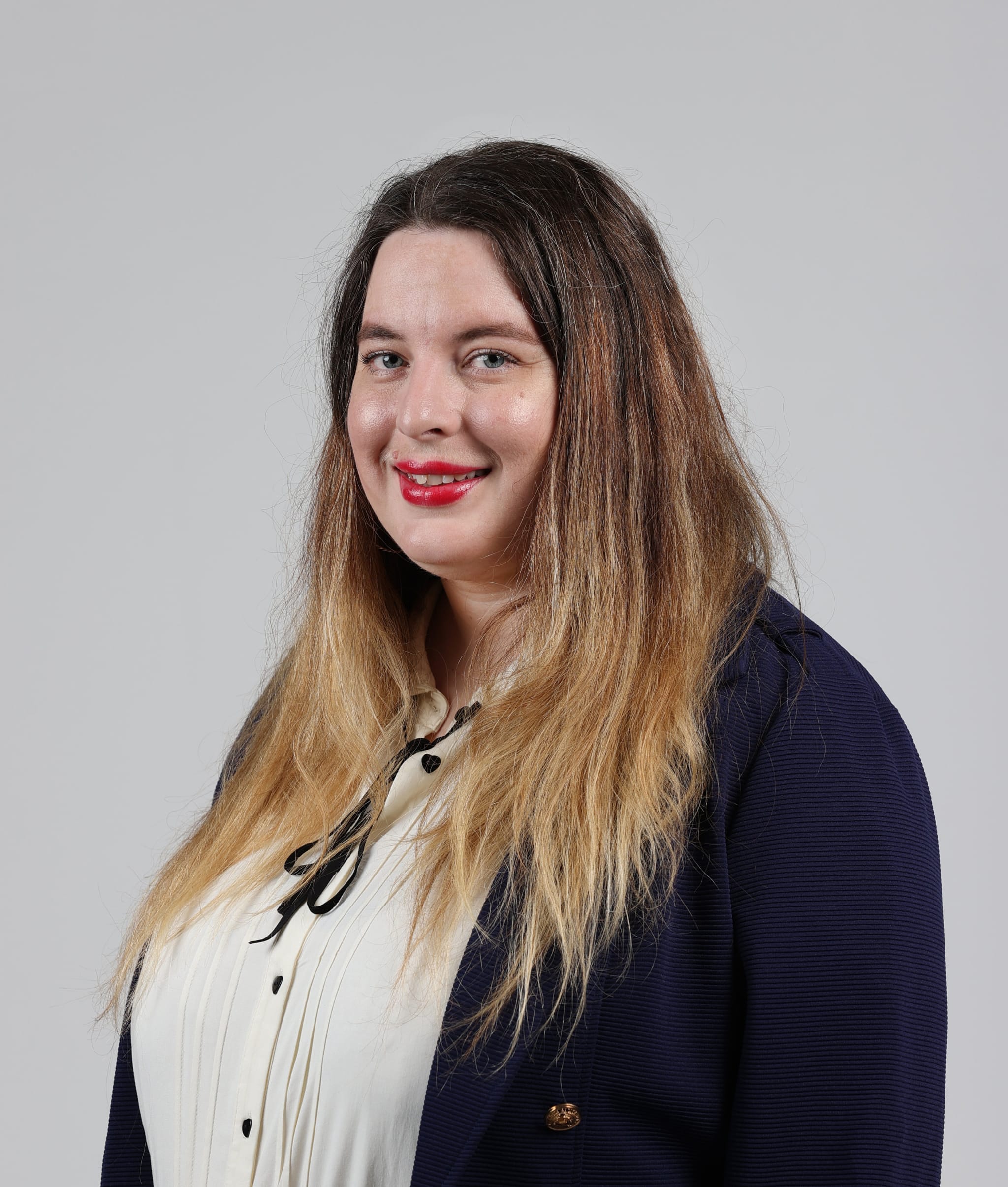Melbourne house prices ‘impossibly unaffordable’ for mid-range earners | Demographia

The 2024 Demographia International Housing Affordability report has ranked Melbourne as having the seventh-most expensive property values in the English-speaking world. Picture: NCA NewsWire/Aaron Francis.
The 2024 Demographia International Housing Affordability review, from California’s Chapman University Center for Demographics and Policy and Canadian think tank The Frontier Centre for Public Policy, ranked Victoria’s capital as having the seventh-most expensive property values in the English-speaking world.
The annual report ranked housing affordability for 94 cities across Australia, Canada, China, Ireland, New Zealand, Singapore, the UK and the US, based on average income and house price figures from 2023’s September quarter.
RELATED: Value of housing market hits $10.4 trillion as affordability pains persist
Melbourne housing: How single mum made her home ownership dreams come true in Melton
Rent crisis: Landlords better off investing in super since 1990s, new report reveals
Areas ranked at three and below were considered affordable, while impossibly unaffordable locations were scored at nine and above – meaning mid-range house prices in these locations were nine times higher, or more, than average yearly wages.
Melbourne received a 9.8 ranking, behind Hong Kong on 16.7, Sydney’s 13.8, Vancouver’s 12.3, San Jose’s 11.9 and Los Angeles’ 10.9.
However it was better than the famously expensive housing markets of Greater London, at 8.1, and New York, ranked a 7.
Last year, Demographia, a St. Louis-based international public policy consulting firm, gave Melbourne a 9.9 score.

Demographia principal and Chapman University Center for Demographics and Policy senior fellow Wendell Cox authored the report.

PropTrack puts Melbourne‘s median house price at $921,000. Picture: NCA NewsWire/Aaron Francis.
Demographia did not disclose their housing and wage figures.
However, PropTrack data shows Melbourne has a $921,000 median house price and a $617,000 median unit value.
The Australian Bureau of Statistics puts an Aussie adult’s average wage at $98,087 a year, although this stands at $90,578 for women and $103,027 for men.
The report by Demographia principal Wendell Cox stated that policies like urban growth boundaries often resulted in severe land shortages and skyrocketing housing costs, by pushing up land values within designated residential zones.
The document also explained housing costs have far outpaced wage growth, compared to the 1990s and earlier.

The report states that all five of Australia’s major housing markets, Melbourne, Sydney, Adelaide, Perth and Brisbane, have been severely unaffordable since the early 2000s or before.

Real Estate Institute of Victoria (REIV) president Jacob Caine.
Real Estate Institute of Victoria president Jacob Caine said many people were moving to Melbourne’s outer fringes in pursuit of more affordable homes.
“The latest report from Demographia is evidence of what many people living in Melbourne and Sydney know, that housing is unattainable for too many of them,” Mr Caine said.
He said the REIV has been advocating for an adjustment or end to stamp duty in an effort to address the issue, along with urging the state government to “pull every lever possible” to meet its ambition to build 800,000 homes in Victoria within the next decade.


